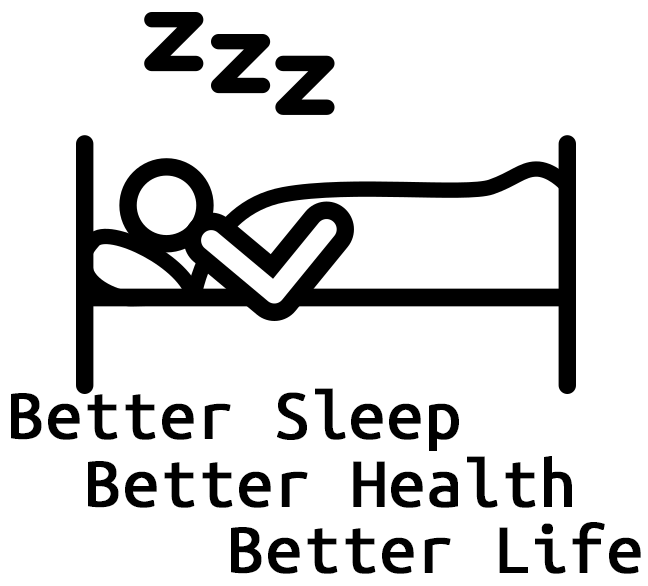Surgical Treatment for Sleep Apnea
Soft Tissue Surgeries
There are procedures to place plastic inserts (or rods) into the soft palate to stiffen it and stop snoring. Other procedures remove your soft palate (or most of it) in an effort to open the airway. Dr. Hair has been unimpressed by either of these types of procedures, but all he sees are the failures.
One of the newest procedures involves removing the back part of your tongue to remove tissue thickness in your airway. Several problems with this: it is very expensive, not covered by insurance, and, worst of all, the tongue grows back.
Hard Tissue Surgeries
 Of the surgical choices, these are the most predictable in actually treating Obstructive Sleep Apnea. However, these are major surgeries with associated risks, mortalities and morbidities. Two of these surgeries are Tracheostemy and MaxilloMandibular Advancement surgery, (Bi-Maxillary Advancement is the old term). A tracheostemy is produced by making a hole in your throat below your larynx or voice box. This bypasses all soft tissue and produces an open airway, but who wants that hole in your neck? The Maxillomandibular advancement surgery is achieved by detaching your upper and lower jaws from your head, moving them forward, and reattaching the jaws to your skull. This does open the airway area behind your jaws and in your throat, but, again, it is MAJOR surgery and reserved for the most difficult and non-responsive cases.
Of the surgical choices, these are the most predictable in actually treating Obstructive Sleep Apnea. However, these are major surgeries with associated risks, mortalities and morbidities. Two of these surgeries are Tracheostemy and MaxilloMandibular Advancement surgery, (Bi-Maxillary Advancement is the old term). A tracheostemy is produced by making a hole in your throat below your larynx or voice box. This bypasses all soft tissue and produces an open airway, but who wants that hole in your neck? The Maxillomandibular advancement surgery is achieved by detaching your upper and lower jaws from your head, moving them forward, and reattaching the jaws to your skull. This does open the airway area behind your jaws and in your throat, but, again, it is MAJOR surgery and reserved for the most difficult and non-responsive cases.
Surgical Treatment for Sleep Apnea
Soft Tissue Surgeries
There are procedures to place plastic inserts (or rods) into the soft palate to stiffen it and stop snoring. Other procedures remove your soft palate (or most of it) in an effort to open the airway. Dr. Hair has been unimpressed by either of these types of procedures, but all he sees are the failures.
One of the newest procedures involves removing the back part of your tongue to remove tissue thickness in your airway. Several problems with this: it is very expensive, not covered by insurance, and, worst of all, the tongue grows back.
Hard Tissue Surgeries

Of the surgical choices, these are the most predictable in actually treating Obstructive Sleep Apnea. However, these are major surgeries with associated risks, mortalities and morbidities. Two of these surgeries are Tracheostemy and MaxilloMandibular Advancement surgery, (Bi-Maxillary Advancement is the old term). A tracheostemy is produced by making a hole in your throat below your larynx or voice box. This bypasses all soft tissue and produces an open airway, but who wants that hole in your neck? The Maxillomandibular advancement surgery is achieved by detaching your upper and lower jaws from your head, moving them forward, and reattaching the jaws to your skull. This does open the airway area behind your jaws and in your throat, but, again, it is MAJOR surgery and reserved for the most difficult and non-responsive cases.
What if the solution could fit in the palm of your hand?

